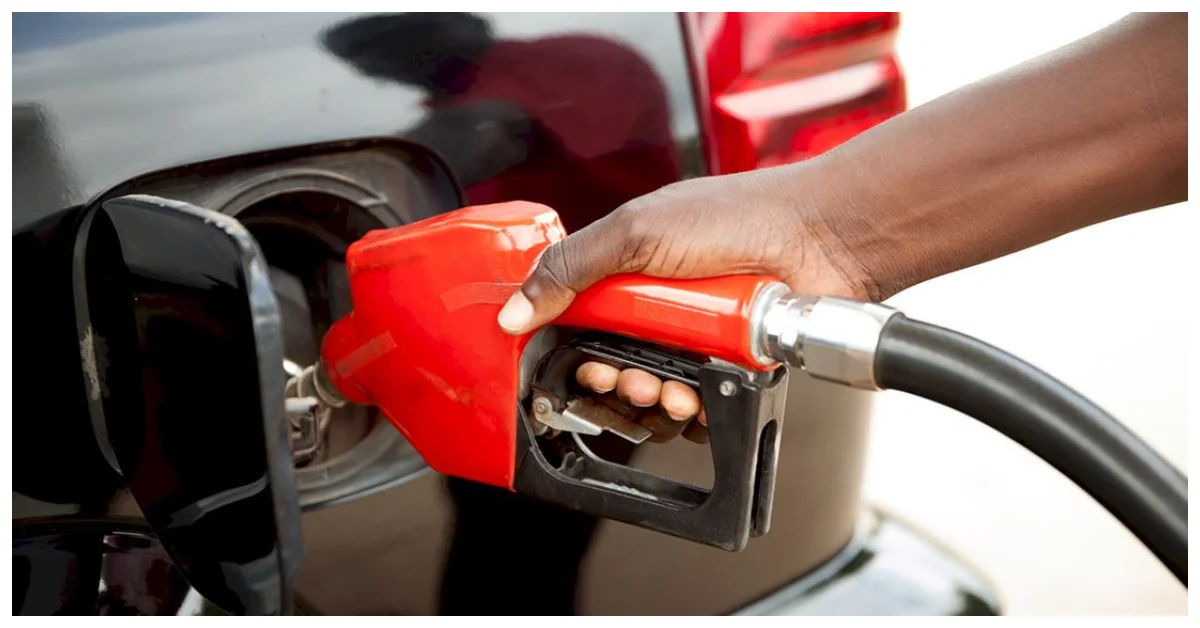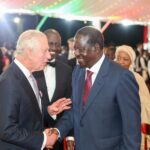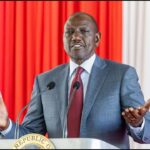Fuel consumption in Kenya has dropped to its lowest levels in over five years, excluding the Covid-19 pandemic period, as the high pump prices have deterred motorists and kept vehicles off the road.
Official data reveals a sharp decline in the consumption of super petrol, dropping by five percent to 1.01 billion liters from 1.074 billion liters last year, while diesel consumption fell by four percent to 1.31 billion liters compared to 1.36 billion in the same period.
Read also: Kenya’s September Inflation Rises Amidst Fuel Price Surge
This trend has sent shockwaves through Kenya’s economy, as fuel consumption is a pivotal driver of the nation’s Gross Domestic Product (GDP).

Energy Cabinet Secretary Davis Chirchir remarked, “We are dealing with several governments and the suppliers of these products. We are likely to be going to even harder times.”
A liter of super petrol currently retails at KSh211.64 in Nairobi, while diesel is priced at KSh200.99 following the latest pricing review in mid-September. The government has warned of even higher costs looming in the coming months.
The struggle with costly fuel began even before the recent record-high prices, which were announced after the phased withdrawal of a subsidy scheme that cushioned Kenyans for two years.
In the monthly pricing review from March 14, the price of a liter of super petrol rose to KSh179.30 from KSh177.30 the previous month. Diesel prices jumped to KSh168.40 in the same period from KSh162 the previous month, impacting consumers in Kenya’s largely diesel-driven economy.
Diesel is the predominant fuel for public transport services and the agricultural sector, powering machinery like tractors and harvesters. It is also used by thermal power plants for electricity generation.
![Traffic Police inspecting cars. File: [PHOTO/COURTESY]](https://news.switchtv.ke/wp-content/uploads/2022/10/Traffic-Police.webp)
Kerosene, used for lighting and cooking by low-income households, has also seen a decline in consumption during the first half of this year. Consumption dropped to its lowest, even compared to the Covid-19 period, with K43.59 million liters used between January and June this year, a 27.6 percent drop from 60.21 million liters during the same period last year.
The State scrapped the fuel subsidy in the monthly pricing schedule, which came into effect on October 14, leading to soaring fuel prices and reduced demand. Traffic congestion has noticeably decreased in the past two weeks.
Kenya had been subsidizing pump prices since 2021 to alleviate the impact of high global refined fuel prices. However, pressure from the International Monetary Fund and fiscal constraints led to the withdrawal of the scheme.
Businesses are already sounding the alarm, warning that they may be forced to reduce production or raise prices due to the spike in energy costs, foreshadowing tough times for Kenyans.
Currently, Kenya and Uganda share the distinction of having the highest diesel and super petrol prices in East Africa, far surpassing the prices in Tanzania, Rwanda, and the Democratic Republic of Congo. A liter of diesel in Tanzania is priced at the equivalent of KSh189.38, KSh177.72 in DR Congo, and Sh180.64 in Rwanda. Super petrol retails at KSh186.47 in Tanzania, KSh179.18 in DR Congo, and KSh198.12 in Kigali, Rwanda.
Subscribe to Switch TV
The rising prices of refined fuel, coupled with supply cuts by major oil-producing countries like Saudi Arabia and Russia, have taken a toll on non-oil-producing nations such as Kenya, which imports all of its fuels.
















